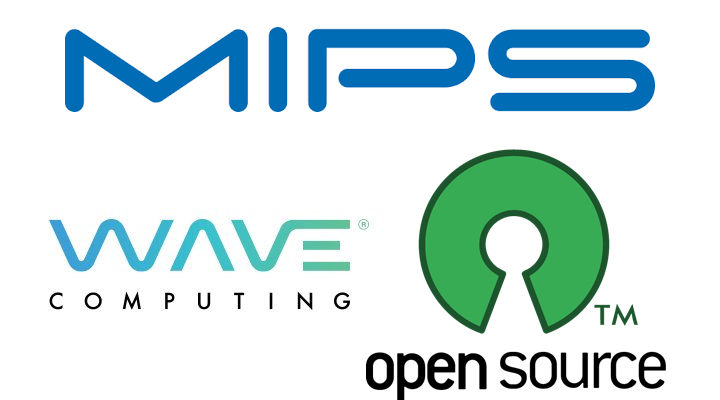There has been a lot of talks about RISC-V open source, royalty-free instructions set architecture this year, including the launch of RISC-V MCUs and Linux capable RISC-V processors, and corresponding development boards such as Hifive Unleashed. This even lead Arm to create a – now shutdown – microsite telling why people should stick with Arm instead of RISC-V.
While RISC-V was clearly on the rise this year, MIPS architecture once a dominant players in routers and set-top box has been on the decline, even prompting Blu to write a guest review entitled “Baikal T1 MIPS Processor – The Last of the Mohicans?” hinting at the near extincsion of MIPS based solutions. But there may be hope, or at least a last ditch effort, with Wave Computing purchasing MIPS from Imagination Technology earlier this year, and now announcing the MIPS Open Initiative to effectively open source 32-bit and 64-bit MIPS ISA next year, as well as making the ISA royalty-free, just like RISC-V.
There’s does not seem to be any tricks based on the wording about the announcement:
Wave Computing… announced it will open source its MIPS instruction set architecture (ISA) to accelerate the ability for semiconductor companies, developers and universities to adopt and innovate using MIPS for next-generation system-on-chip (SoC) designs. Under the MIPS Open program, participants will have full access to the most recent versions of the 32-bit and 64-bit MIPS ISA free of charge – with no licensing or royalty fees. Additionally, participants in the MIPS Open program will be licensed under MIPS’ hundreds of existing worldwide patents
Previous versions such as MIPS r5 won’t be open source, but MIPS Release 6 will be fully open source with the following components to be made open source:
- The open source version of the 32 and 64-bit MIPS Instruction Set Architecture (ISA), Release 6
- MIPS SIMD Extensions
- MIPS DSP Extensions
- MIPS Multi-Threading (MT)
- MIPS MCU
- microMIPS Architecture
- MIPS Virtualization (VZ)
The launch is scheduled to take place in Q1 2019 with all resources available on MIPS Open Community website (not loading for me). RISC-V has all the hype, and people interested in royalty-free, open source SoC got involved, so it remains to be seen if people will jump back to MIPS once it comes with the same benefits. MIPS ISA does have the advantage of having a much mature ecosystem than RISC-V, and MIPS is already found in millions of commercial devices.
Wave Computing will still receive licensing revenues from the older MIPS ISA, but as I understand it not for MIPS r6 anymore, so they may monetize MIPS ISA by promoting the use of their AI Dataflow technology in MIPS based processors. We’ll learn more early next year.
Via EETimes

Jean-Luc started CNX Software in 2010 as a part-time endeavor, before quitting his job as a software engineering manager, and starting to write daily news, and reviews full time later in 2011.
Support CNX Software! Donate via cryptocurrencies, become a Patron on Patreon, or purchase goods on Amazon or Aliexpress





